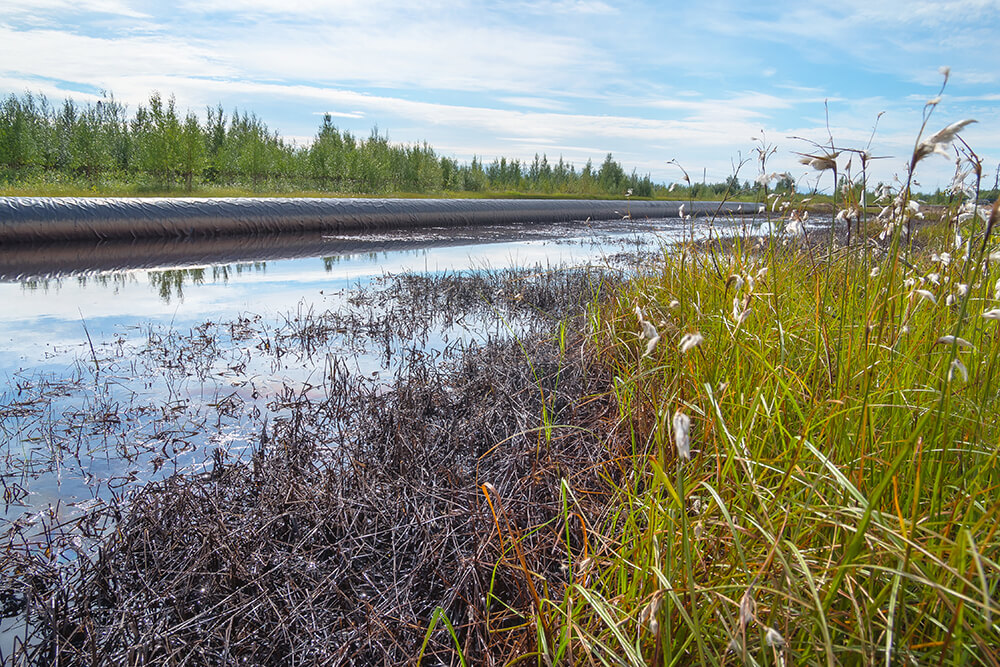What is soil remediation?

Soil remediation is a process used to clean up contaminated soil by removing harmful elements or chemicals. It is often used to restore land to its original, natural state, and can be an effective way of protecting the environment from pollutants. But how does soil remediation work, what’s the process, and why should you care? Let’s break it down.
What Is Contaminated Soil?
Contaminated soil is one of the most common environmental hazards, and it can contain any number of hazardous substances that can have an adverse effect on human health or the environment. Contamination occurs when hazardous waste such as industrial chemicals, discarded pesticides, oil spills, or other pollutants enter the soil and begin to accumulate in concentrations that are toxic or otherwise dangerous.
What Is Soil Remediation?
Soil remediation is defined as the removal of hazardous substances from soil, sediment, or surface water. This process can involve a variety of techniques that range from physical methods like excavation to chemical treatments such as bioremediation. The goal of these efforts is to return the contaminated area to a usable state that meets all applicable standards for safety and environmental protection.
Keep Learning: What is environmental remediation?
Types of Contamination
Soil contamination can come from many sources. Common sources include industrial waste, agricultural runoff, leaking underground storage tanks, and even toxic substances from household products such as paint and motor oil. Depending on the type of contaminant present in the soil, different methods of remediation may be required.
Physical Removal
One method of remediating contaminated soil is through physical removal. This involves excavating the contaminated soil and transporting it to a landfill or other disposal site where it can be safely disposed of. This method is often used for large-scale projects such as industrial sites that have been heavily polluted over time. It may also be necessary when there are high levels of toxins present in the soil that cannot be removed through other means.
Keep Learning: Your guide to oil spill response services
Chemical Treatments
Another method of remediating contaminated soil involves treating it with chemicals to break down pollutants into less harmful compounds or render them harmless altogether. Chemical treatments may include adding nutrients to promote microbial growth which can then break down organic contaminants or introducing chemicals that react with heavy metals to form more stable compounds that are easier to remove from the environment.
Biological Treatments
Biological treatments involve using microorganisms such as bacteria and fungi to degrade pollutants in the soil into less toxic forms or render them harmless altogether. These organisms feed on certain types of contaminants in the environment, breaking them down into simpler forms that are easier for plants and animals to digest or metabolize without harm. Biological treatments are often combined with chemical treatments for maximum effectiveness.
Keep Learning: What is a spill response plan?
Benefits of Remediating Contaminated Soil
The primary benefit of remediating contaminated soil is that it restores land to its original condition, making it safe for human use once again. This means less time and money spent cleaning up hazardous waste sites and fewer risks to people living near polluted areas. Additionally, remediating contaminated soil can help protect natural habitats from dangerous toxins found in polluted soils. Finally, restoring land also helps to preserve valuable resources like water supplies which might otherwise be impacted by pollutants if left unchecked.
Soil remediation offers a number of important benefits including reducing health risks associated with exposure to contaminants in soil, protecting property values by eliminating potential sources of liability associated with contamination, and restoring habitats back to their natural state so they continue providing benefits for generations to come. For anyone responsible for land stewardship or anyone concerned about public health outcomes related to contamination levels in soil, understanding how this process works and why it’s important is essential knowledge! It’s clear that investing in proper soil remediation efforts now could save businesses and landowners from potentially costly legal action down the line – not only making them more profitable but ensuring environmental sustainability as well!